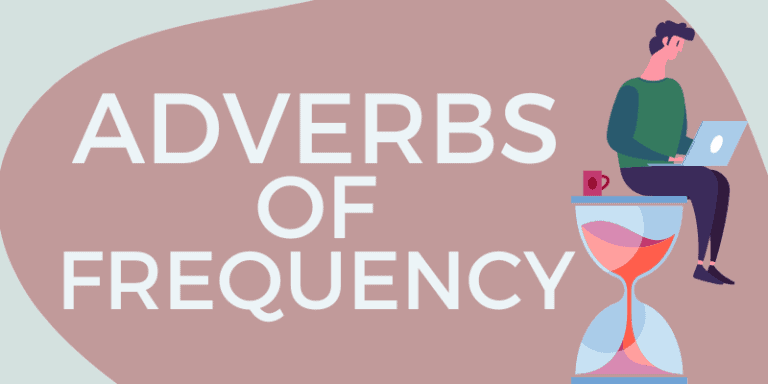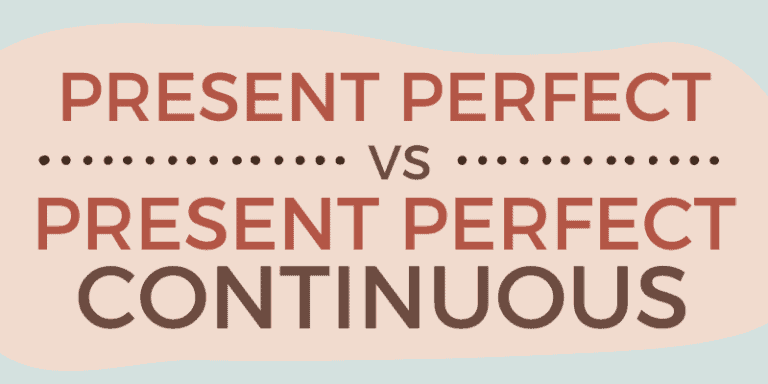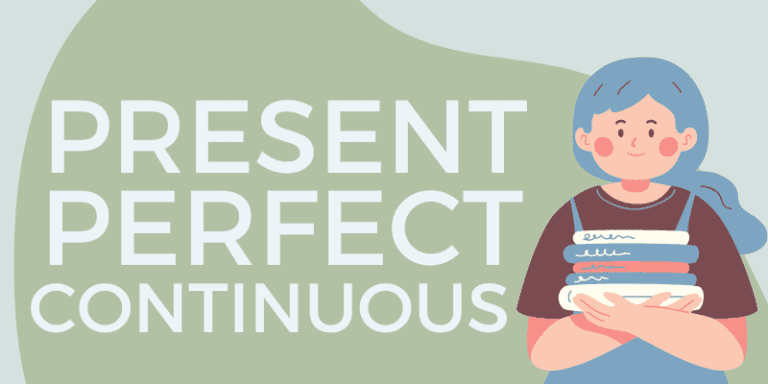Participle Clauses – Usage, List of Examples & Worksheet
What is a participle clause? How is a participle formed? These might be the kinds of questions running through your mind. As an author and former editor, they’re definitely questions I’ve heard before. Participle clauses in English grammar allow us to be more informative without making complicated sentences. Let’s take …









